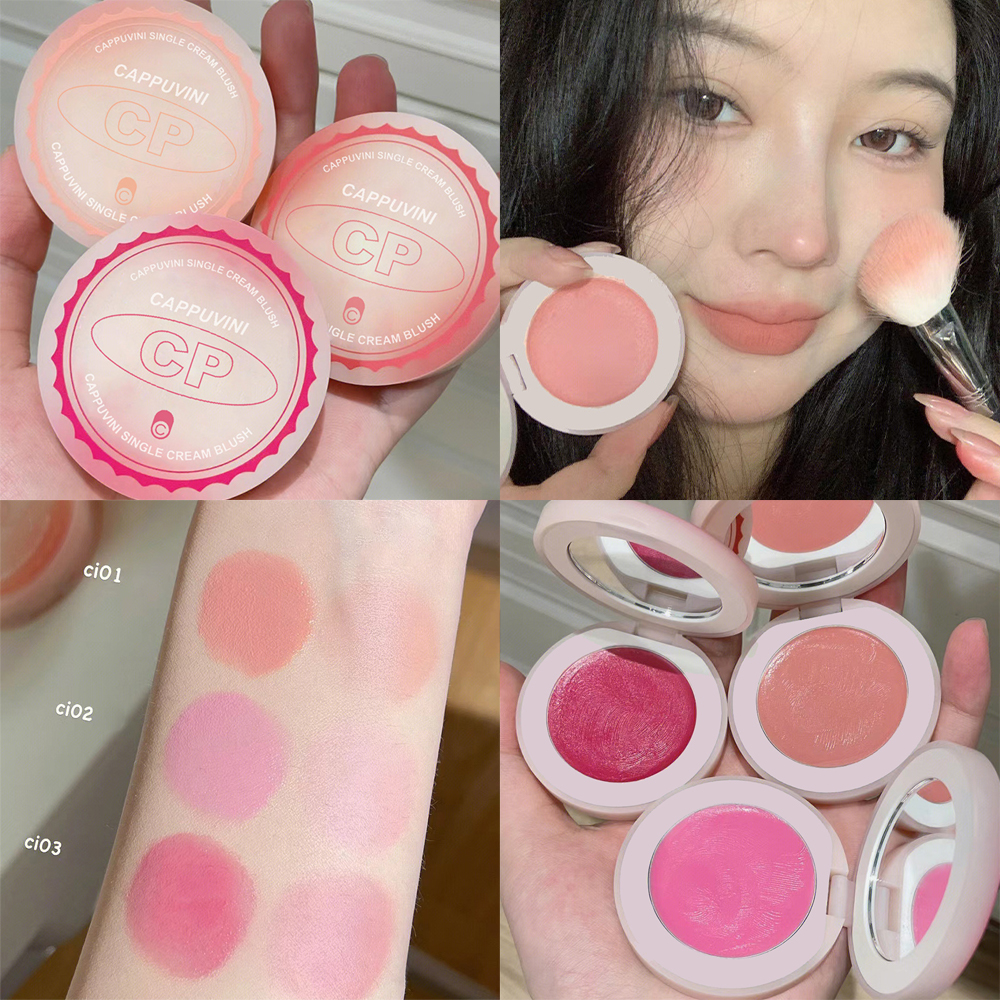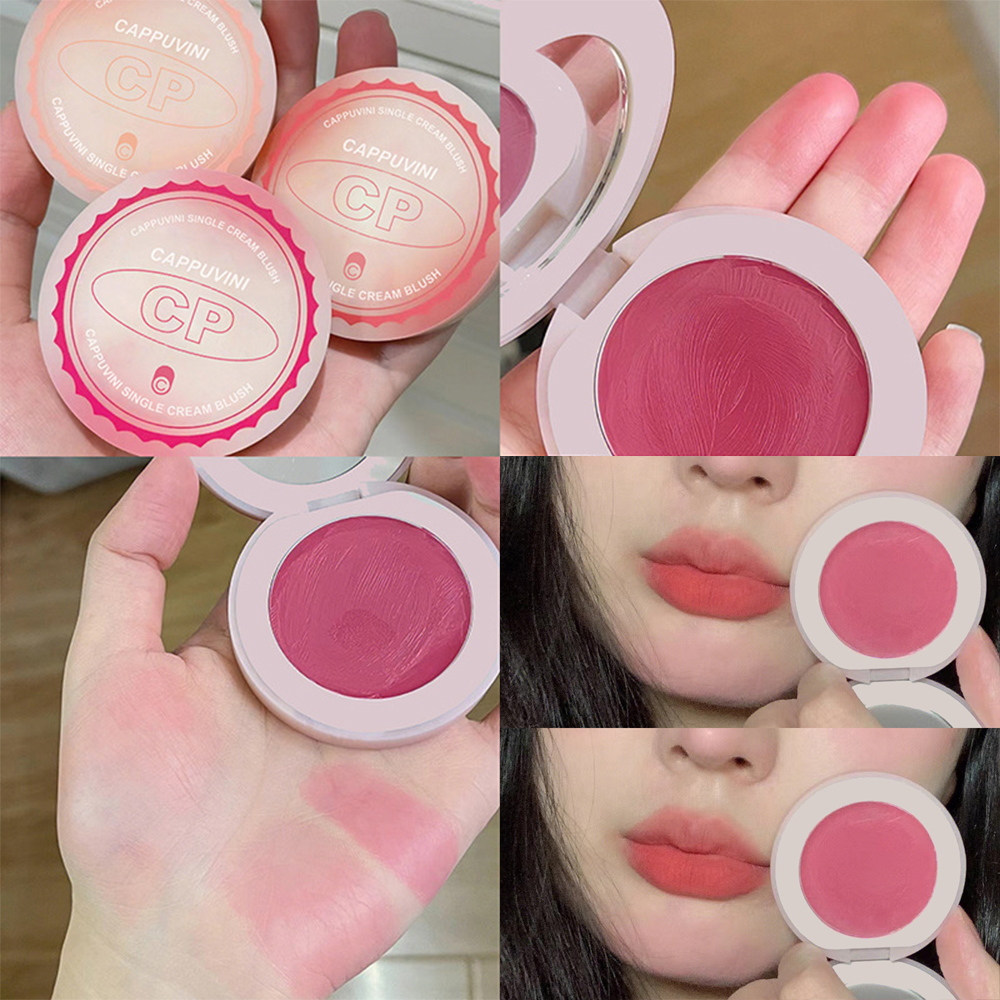Amine blush is a common issue encountered in epoxy coatings, characterized by a waxy or greasy film that appears on the surface after curing. This phenomenon can compromise the adhesion and aesthetic quality of the coating, posing challenges in various industrial and commercial applications. Understanding the causes, effective prevention methods, and proper removal techniques is essential for ensuring durable and high-quality epoxy finishes.

What is Amine Blush?
Amine blush, also known as carbamation, is a surface defect that occurs when certain curing agents in epoxy coatings react with moisture and carbon dioxide from the air during the curing process. This reaction forms a thin, greasy film on the surface of the epoxy, which can feel slippery to the touch and appears hazy or milky in severe cases. Amine blush is more likely to occur in humid conditions or when applying thick epoxy layers, where moisture absorption is higher.
Causes of Amine Blush Formation
The primary cause of amine blush is the reaction between amine-based curing agents and moisture in the environment. Amines are hygroscopic, meaning they readily absorb moisture from the air. During the curing of epoxy coatings, especially in environments with high humidity, the amines react with water and carbon dioxide to form carbamic acid. This acid then hydrolyzes into carbamate salts, which manifest as the greasy film characteristic of amine blush.
Environmental Factors Influencing Amine Blush
Environmental conditions play a crucial role in the formation and severity of amine blush. High humidity levels accelerate moisture absorption by the epoxy coating, increasing the likelihood of amine blush. Temperature also affects curing dynamics; lower temperatures slow down the curing process, prolonging the exposure of the coating to moisture and exacerbating blush formation. Proper climate control and monitoring are essential in mitigating these environmental factors.
Effects of Amine Blush on Epoxy Coatings
Amine blush can have detrimental effects on epoxy coatings beyond its aesthetic impact. The presence of the greasy film interferes with subsequent coating applications, as it hinders proper adhesion between layers. This compromises the overall integrity and durability of the coating system, potentially leading to premature failure or delamination. Addressing amine blush promptly is crucial to maintaining the performance and longevity of epoxy-coated surfaces.
Preventive Measures Against Amine Blush
Preventing amine blush involves a combination of procedural measures and environmental controls. Using low-humidity curing environments or implementing dehumidification systems helps minimize moisture absorption during epoxy application and curing. Choosing epoxy formulations with low susceptibility to blush formation, such as certain waterborne or solvent-free systems, can also reduce the risk. Proper surface preparation, including thorough cleaning and drying, further mitigates potential blush issues.
Monitoring and Controlling Environmental Conditions
Effective control of environmental conditions is paramount in preventing amine blush. Monitoring humidity levels using hygrometers ensures that epoxy applications occur within optimal conditions. Temperature control within recommended ranges for curing epoxy coatings helps regulate the rate of moisture absorption and chemical reaction processes. Implementing these controls not only reduces the likelihood of amine blush but also enhances the overall quality and performance of epoxy finishes.

Detection and Inspection of Amine Blush
Detecting amine blush requires careful visual inspection of cured epoxy surfaces. The affected areas typically exhibit a dull or cloudy appearance, often accompanied by a slippery texture. Touching the surface may reveal a greasy film, confirming the presence of amine blush. Inspection should be conducted under adequate lighting conditions to accurately assess the extent of blush formation and determine appropriate remedial actions.
Removing and Remedying Amine Blush
Removal of amine blush involves several steps to restore the integrity and aesthetics of epoxy-coated surfaces. Begin by washing the affected area with warm water and a mild detergent to remove any surface contaminants and residual blush. Rinse thoroughly and allow the surface to dry completely before sanding lightly with fine-grit sandpaper to eliminate the greasy film. Alternatively, specialized blush removers formulated with mild solvents can effectively dissolve and remove stubborn blush residues.
Ensuring Long-Term Performance and Quality
Achieving and maintaining high-quality epoxy finishes requires comprehensive understanding and proactive management of amine blush. By addressing potential causes, implementing preventive measures, and employing effective removal techniques, manufacturers and applicators can minimize the risk of blush formation and optimize coating performance. Regular monitoring of environmental conditions and adherence to recommended application procedures further contribute to durable, aesthetically pleasing epoxy coatings that meet stringent performance standards.
Different Styles of Anime Blush
Subtle Blush
Subtle blush serves to enhance expressions without overwhelming the character’s features, making it ideal for low-key emotional moments.
Key Characteristics
- Light Tones: Subtle blush typically employs light, pastel colors like soft pink or peach. These shades naturally blend with the character’s skin tone, creating a gentle, understated effect.
- Soft Edges: The edges of subtle blush are often diffused, with gradual fading into the skin. This technique avoids hard lines and creates a more natural appearance.
- Small Coverage Area: Subtle blush usually covers a small area on the cheeks, often just the apples or slightly higher. This limited coverage ensures the blush enhances rather than dominates the facial expression.
- Gradual Application: The transition from the blush to the natural skin tone is smooth, involving gradual increases and decreases in color intensity. This blending technique enhances the overall realism.
- Situational Use: Subtle blush is perfect for scenes requiring delicate emotional expression, such as mild happiness, contentment, or slight embarrassment. It complements these quieter moments without drawing too much attention away from the narrative.
Subtle blush is an excellent choice for adding a touch of emotion to quieter, more intimate moments in anime, offering a natural and believable enhancement to character expressions.
Dramatic Blush
Dramatic blush is designed to make a strong visual statement, often used during heightened emotional scenes or exaggerated comedic moments.
Key Characteristics
- Vibrant Colors: Dramatic blush uses vibrant, eye-catching colors such as deep reds and bright pinks. These hues stand out against the character’s skin, drawing immediate attention.
- Defined Edges: The edges of dramatic blush can be sharply defined rather than smoothly blended. This clear distinction adds to the intensity and impact of the blush.
- Large Coverage Area: Dramatic blush often covers a substantial portion of the face, extending from the cheeks to the nose and sometimes even across the forehead or chin. This extensive coverage enhances the emotive effect.
- Bold Patterns: Some dramatic blush styles incorporate bold patterns like lines, streaks, or even shaped elements such as hearts or stars. These patterns add a layer of stylistic flair and highlight the emotional intensity.
- High Intensity: The opacity of dramatic blush is typically high, ensuring that the color is vivid and unmistakable. This high intensity is perfect for scenes where the character’s emotions are at their peak, such as moments of extreme embarrassment, anger, or infatuation.
Playful and Cute Blush
Playful and cute blush designs emphasize charm and innocence, often used for characters meant to evoke affection and warmth.
Key Characteristics
- Bright Colors: Playful blush often uses bright and cheerful colors such as coral, cherry red, or bubblegum pink. These colors add a sense of liveliness and energy to the character’s expression.
- Stylized Shapes: This blush style can incorporate whimsical shapes like hearts, stars, or small circles. These elements enhance the character’s playful and endearing qualities.
- Variable Intensity: The intensity of playful blush can vary, with some instances being very light and others quite pronounced. This variability makes the character’s emotions more dynamic and engaging.
- Enhanced Placement: Playful blush might extend beyond the cheeks to other parts of the face or even the ears, adding to the overall cuteness and emphasizing the character’s expressive range.
- Additional Elements: Playful and cute blush designs often include extra details like sparkles or tiny dots, which amplify the character’s charm and appeal.
Conclusion
In conclusion, amine blush represents a significant challenge in the application and maintenance of epoxy coatings, impacting both aesthetic appeal and functional performance. By comprehensively addressing the causes, preventive measures, and remedial techniques associated with amine blush, stakeholders in the coatings industry can enhance their ability to deliver durable and high-quality epoxy finishes. Proactive management of environmental conditions, meticulous surface preparation, and timely intervention are essential in mitigating blush formation and ensuring the long-term success of epoxy-coated surfaces in diverse industrial and commercial applications.

